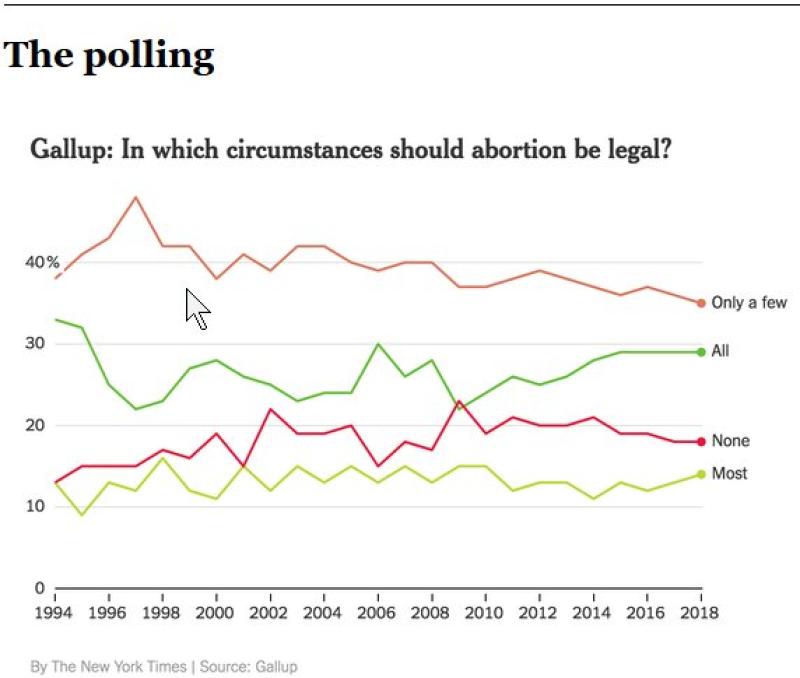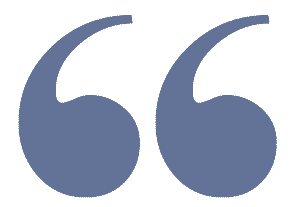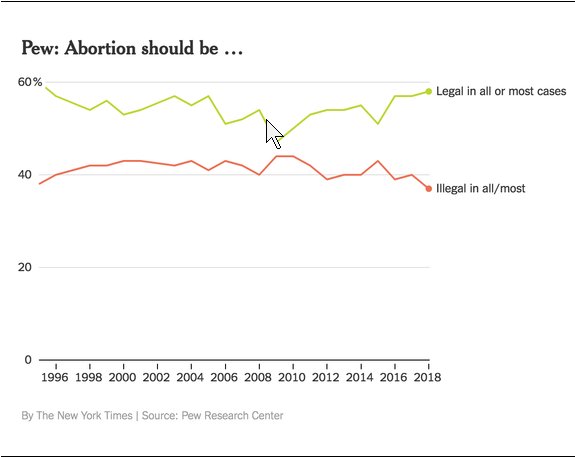David Leonhardt: Polling on Abortion



It’s hard to think of any other major political issue on which Americans’ attitudes are as stable as they’ve been on abortion. That stability makes me think the abortion debate isn’t going anywhere in the foreseeable future. It also makes me wonder if the country might ever find its way to some kind of compromise.
Much of Europe has found compromise (even if debates there still occasionally flare). In many European countries, abortion is widely available in the early months of pregnancy, without the onerous restrictions of some conservative states here. These European countries do restrict abortion, though, after the first trimester of pregnancy.
On this week’s episode of “The Argument” podcast, we talked about abortion, tied to the recent debates in Virginia and New York and to President Trump’s State of the Union comments. Listeners have been asking us to address the subject, given the very different views of my co-hosts, Ross Douthat and Michelle Goldberg. It was a tough conversation at times. I also found it illuminating.
This country has become so polarized that many Americans rarely talk about the subject with someone who has a different view. So I wanted to use today’s newsletter to walk through the polling on abortion, to give you a sense for the public’s actual views. No matter where you live, America’s stance on the subject is probably different from your neighborhood’s stance.
Abortion is such a vexing issue because it involves an unresolvable clash of rights — the right of a woman to have control over her own body and the right of a fetus to live. Where people come down depends on how they balance those rights.

These two charts — the top with Gallup’s polling and the bottom with Pew’s — show that public opinion on abortion has stayed within a narrow range over recent decades.
The country has become somewhat more favorable to abortion rights in the last few years, but I wouldn’t make too much of that. If you look closely at the charts, you’ll notice that public opinion typically moves in the opposite direction to the sitting president’s policy. The country became more skeptical of abortion when Barack Obama was president and more open to it now that Donald Trump is. This sort of reaction is fairly common and also affects other issues, like immigration.
You may also notice that Gallup’s polling is more favorable to the anti-abortion side, while Pew’s is more favorable to the abortion-rights side. Why? Both pollsters ask a version of the abortion question that includes four possible answers. The main difference involves the second most restrictive option. Gallup emphasizes when abortion is legal in its option: “in only a few circumstances.” Pew emphasizes when it’s illegal: “in most circumstances.” People seem more comfortable choosing the Gallup version, which emphasizes what’s legal rather than what’s not.
This gap explains why anti-abortion advocates often point to Gallup, which portrays a nation that leans slightly against abortion, while abortion-rights advocates often point to Pew, which shows the reverse.
The accurate picture is not as simple as either side claims. It is instead of a country that’s closely divided, with clear majorities supporting both some abortion rights and some restrictions. Large numbers of people fall somewhere in the middle — favoring both unfettered access to abortion in some circumstances but significant restrictions in others.
And unlike on many other issues, abortion does not produce huge differences in opinion between men and women; among whites, blacks and Hispanics; or across different generations. Which is another reason to doubt this debate will have an easy solution.





